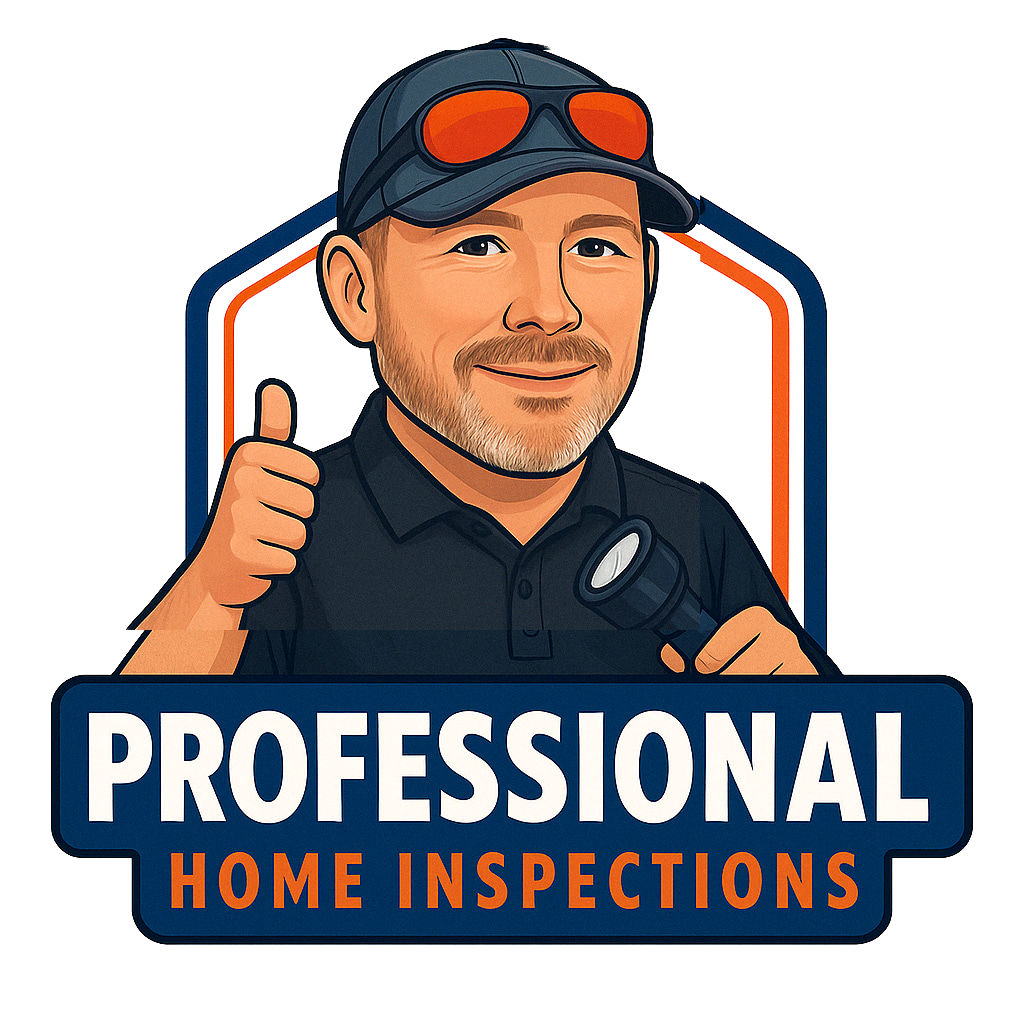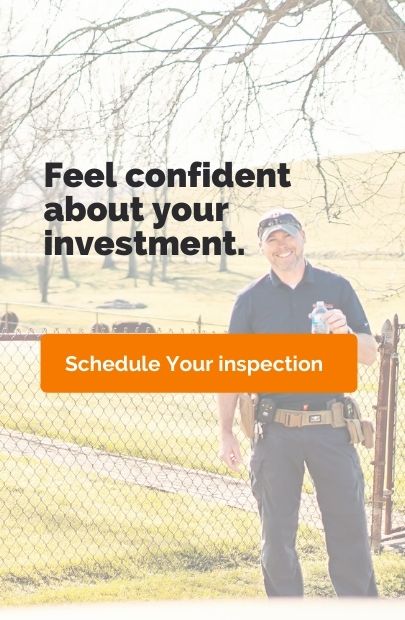As you go through the homebuying process, you’re presented with a laundry list of things you need to take care of, especially if you’re financing your purchase. Perhaps one of the most important — and telling — pieces to the purchasing puzzle is the home inspection, which can point out any potential problems before you sign on the dotted line. However, not every home inspection includes radon testing, which is a must if you want to keep your family safe.
What is radon?
Radon is a radioactive gas that occurs naturally in the earth’s crust and off-gasses into the environment. Radon gas is the result of uranium, thorium, and radium decay underground, which then releases into the atmosphere. Radon gas is in the air when we’re outside each day, without us being aware, as it’s tasteless, odorless, and invisible. However, our outside radon gas exposure isn’t dangerous because it’s only trace amounts.
Long-term exposure to high levels of radon, however, is deadly as it is an invisible carcinogen. Radon gas is the second leading cause of lung cancer in the United States, behind smoking tobacco. And because it’s odorless, the only way people know that they’re exposed to high levels is to test their homes.
What does radon have to do with houses?
Of the many things that will fail a home inspection, the detection of high levels of radon gas is one, and is one of the most dangerous. New homes are built to be energy efficient and airtight, which makes them perfect for collecting radon. Small cracks or holes in a house foundation allow radon gas to slowly seep into the home, which, being airtight, collects over time.
 It’s important to note that foundational cracks aren’t the only way that radon gas seeps into your home. If you have a basement with a drain in the floor, a sump pump, or work sink, radon can enter through any of them unbeknownst to you. Without any way to off-gas, radon builds inside, causing continual exposure for inhabitants.
It’s important to note that foundational cracks aren’t the only way that radon gas seeps into your home. If you have a basement with a drain in the floor, a sump pump, or work sink, radon can enter through any of them unbeknownst to you. Without any way to off-gas, radon builds inside, causing continual exposure for inhabitants.
This is not a situation you want to have on your hands, and the only way you’ll know if your family is being exposed is if you test your home for the carcinogenic gas. Thankfully, it’s easy to purchase do-it-yourself radon testing kits to find out if your home is trapping a hazardously high level of gas inside.
For around $15, you can purchase a kit to perform radon testing yourself. You simply open the test and leave it in your basement for a few days, and then send off to a lab for testing. If your test comes back registering high levels of radon gas, you should then consult professionals for testing and possible mitigation.
Dealing with high radon levels
Selling a house with high radon levels isn’t impossible, and it’s not a definite deal-breaker if your dream home tests high. The home is testing high because it’s trapping the gas within, which means a mitigation system needs to be installed. So, if your home inspection comes back showing high levels of radon, you can ask the buyer to install a mitigation system, which averages around $1,500.
So, radon mitigation is not incredibly expensive to fix, and it’s definitely not a deal-breaker when it comes to home sales. It is, however, a non-negotiable fix because it’s dangerous for anyone living in that home.




8 Responses
Thanks for pointing out that foundational cracks are one of the common cause of radon gases being trapped inside a home. I’m planning to buy a house later this year as my first step towards real estate investment and I’d like to make sure that my first purchase wouldn’t have any mishaps. Perhaps it would be wise to look for a radon mitigation service when I plan to inspect a house.
Thanks for helping me understand the importance of radon mitigation before buying a new residential property. Since my parents are thinking of purchasing a home after seeing its features online, their real estate agent suggested radon testing. I had no idea that its gas slowly seeps into the home especially if there are holes and cracks on the walls, which can be dangerous when inhaled. With that said, I shall then find one to inspect it before my parents close the deal.
Great read. My friend is thinking of purchasing his dream home for his family, and he’s looking for advice about houses and how to find the right one. I had no idea that houses could have signs of radon and it could cause lung cancer if you are exposed to it for a long time. I’ll share this with him and suggest that he contact a radon gas expert before jumping the gun on his purchase.
Buying a home is a big decision. There is a lot to consider, make sure it has no nasty hidden surprises like smell for mold, and animal-related odors, and radon gas. When radon gas enters your body, it exposes your lungs to small amounts of radiation this is harmless. Getting your home tested for radon can help protect your family from a key cause of lung cancer.
It really helped when you talked about radon and how it’s dangerous for our health! Recently, my sister mentioned she’s ready to make an offer for a house. My sister’s been looking for the perfect home, and I believe it’d be smart if she inspected it for any radon levels before buying it, so I’ll be sure to suggest it. Thanks for the advice on radon and why we should test our home for it.
I had no idea that the second leading cause of lung cancer comes from radon gas. I hope that I never have to run into a problem like this. But now I am scared that there is a radon in my house so I’ll have it tested just in case.
If you want to be sure that your new home will be safe from radon is by testing and then remediating if necessary.
Radon is definitely one of those silent home hazards that can easily go unnoticed. I was surprised to learn how even minor cracks or everyday features like sump pumps can be entry points for radon. Testing for radon seems like such an easy first step to ensure the safety of our family. I’ve heard of DIY radon kits before but never realized they were so affordable. It’s comforting to know that I can quickly identify the problem before it becomes a bigger issue. Thanks for sharing this important information!